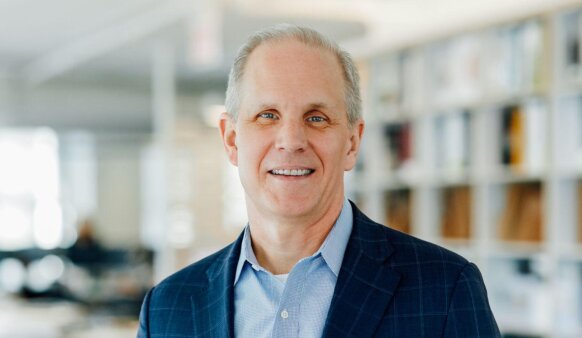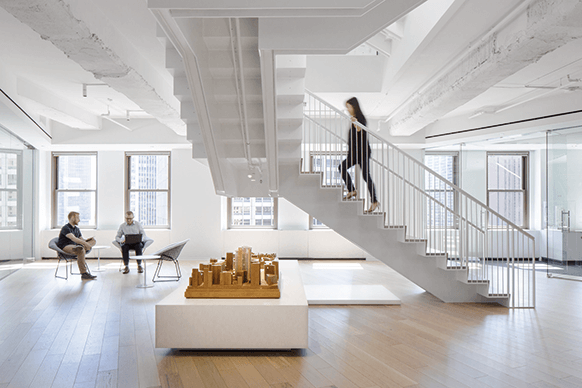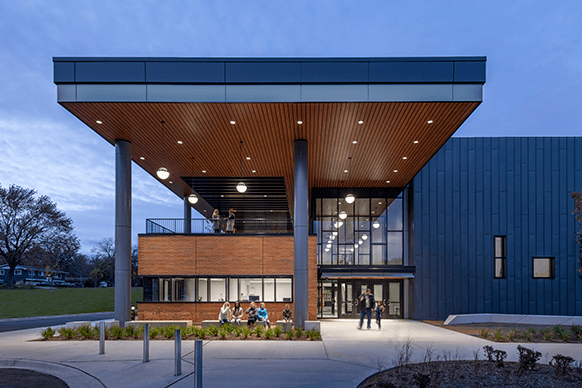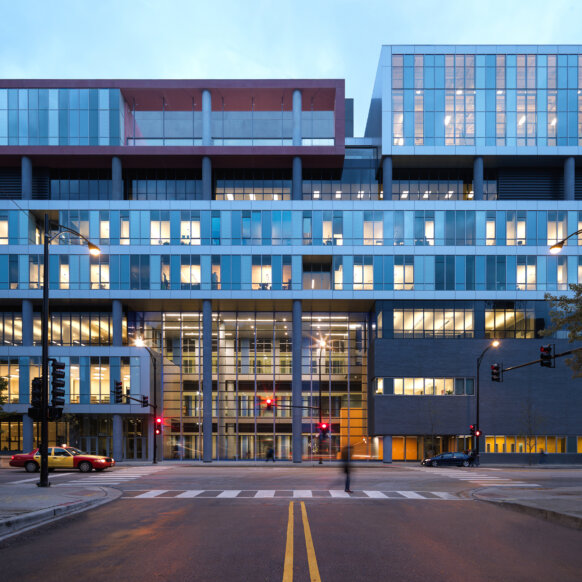Schools as we know them today have seemingly been with us for a very long time. Nestled in our cities, communities, and neighborhoods, this common sight perhaps allows us to take their presence for granted. However it was not until 1918, just over 100 years ago, that compulsory schooling provided a path to educate every child in every state in the U.S.
The notion that all have a fundamental right to an education is the noblest of ideas. At its most ideal, it speaks to the basic human desire to understand our world, to equity of opportunity and to the power of free thought. More pragmatically, in terms of economic and human capital, education is one of the most important, if not the most important, investments we make as a society. It has the capacity to solve vexing problems, create new ventures, change the trajectory of lives, and foster a more empathic and enlightened populace.
The bottom line: schools improve human potential.
Too idealistic? My optimistic self emphatically says “NO!”, but my realist self admits that while all children in the U.S. have the right to an education, institutionalized inequities and funding mechanisms afford some more opportunities than others. The unfortunate truth is that a child’s ZIP code is often a predictor of their academic success. Recent events, especially the COVID-19 crisis and ongoing racial tensions throughout the country, underscore these realities.





